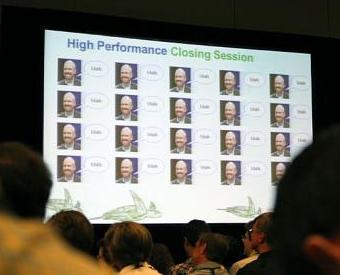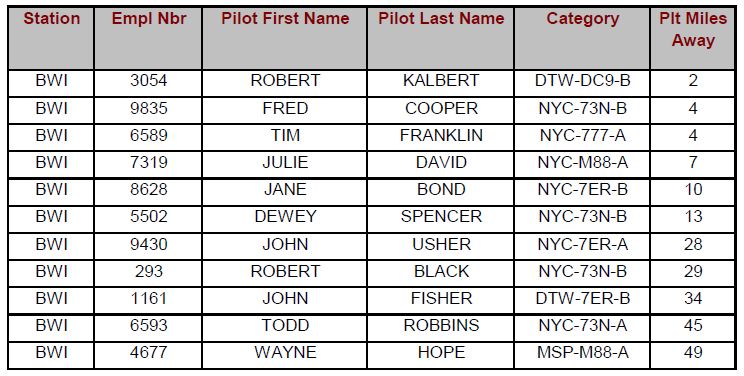All Posts

In some weird twist of fate, I have gone from being anti-social media to blogging on SAS Canada and now to blogging on the SAS Users Groups blog. Crazy world! A little about myself first: I am married, been using SAS for about a year and a half, work for

Like many SAS Global Forum attendees, I took the opportunity to attend several speaker presentations, spend time at the poster session, and visit the Demo Hall each day. The activities I attended did not disappoint, and the hands-on workshop I had been looking forward to was no exception. I have to

As always, SAS Global Forum holds a wealth of inspiration. The conversations that I have with you guys while I'm there almost always start with, "I just heard/saw/read the coolest thing. I can't wait to get home and get started using this!" For those of you who missed this year's

I had an amazing time at SAS Global Forum this year, from the Tweet Up/Geek Out on Saturday night to the closing session where Chris Hemedinger cloned himself for a high-performance speech. I had the great fortune of presenting a pre-conference workshop with Greg Nelson of Thotwave. If you are
You saw Justin Choy and Dr. Goodnight demonstrate the amazing capabilities of SAS Visual Analytics on stage during Opening Session and the Technology Connection at SAS Global Forum. I heard a lot of ooohs and ahhhs (Some were from me, I'll admit.). I also had conversations with SAS users later

Chris Hemedinger, Principal Technical Architect and veritable SAS celebrity, shared observations from his many years participating in SAS Global Forum as well as his favorite moments from this year’s event in a rousing keynote during a packed Closing Session yesterday. His presentation, “You don’t have to go home … but

Like Vince said a few days ago, you don’t have to be Goliath to see how the intersection of big data and high performance analytics creates competitive advantage. Let’s also be realistic though: compared to someone like Walmart, pretty much everyone’s David! While Telstra and the Commonwealth Bank may not be the largest companies by global measures, they’re still
Creating bar charts with log response axis has come up a few times in the past few days. Before we look into how we could do this, it would be worth pointing out the considerable opinion in the blogosphere against use of log response axes for bar charts. See BizIntelGuru and

Disasters happen every day. Often times they occur at inconvenient hours and in remote locations. So it’s important to have a plan - before the emergency - to get qualified personnel to those locations in the most efficient way. Pilots are an example of qualified personnel who could act as

Reducing the data gatekeeper role helps people at all levels of the organization quickly interact with data and uncover significant value. That's business intelligence in a nutshell, but what's new with BI these days?

SAS-L isn't a 'community' in the way that the social media world typically defines community. You won't find Tweating or blogging in SAS-L, and there's no profile to build. But for those who use SAS-L, it is undeniably a community.

In this second Tech Talks chat, Chris Hemedinger talked with R&D staffers about SAS Visual Analytics Explorer, SAS iPad apps, and some really cool "From the labs." Check out his talk with Nascif Abousalh-Neto, Manager of SAS BI Visualization R&D; Scott McQuiggan, Manager of SAS BI Mobile R&D; and

A basic tenet in any profession - whether you're a statistical programmer, developer or blogger - is save your work. For statisticians, saving is important, but archiving is KING! You never know when your client may want you to roll back to a previous version or when someone else may

Bill Franks’s new book, Taming the Big Data Tidal Wave: Finding Opportunities in Huge Data Streams with Advanced Analytics, has just released. This book shows how big data is changing the world of analytics; what people, processes, technologies, and mindsets are necessary to succeed in analytics in this new era;

Nancy Rausch, from SAS R&D, is driving a short demonstration of how to access Hadoop via SAS Data Integration Studio. Take a look. You're probably going to want to take a look at this paper, too: What's new in SAS Data Management?






